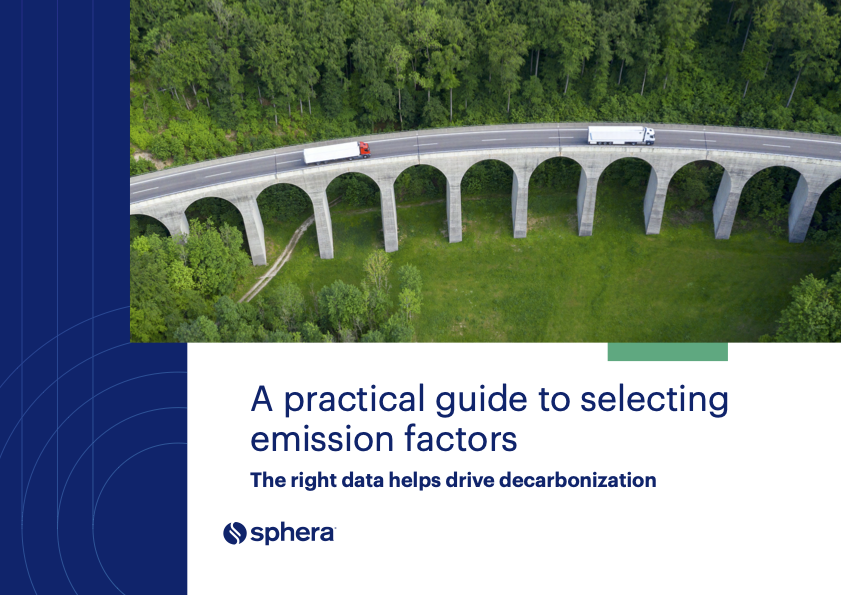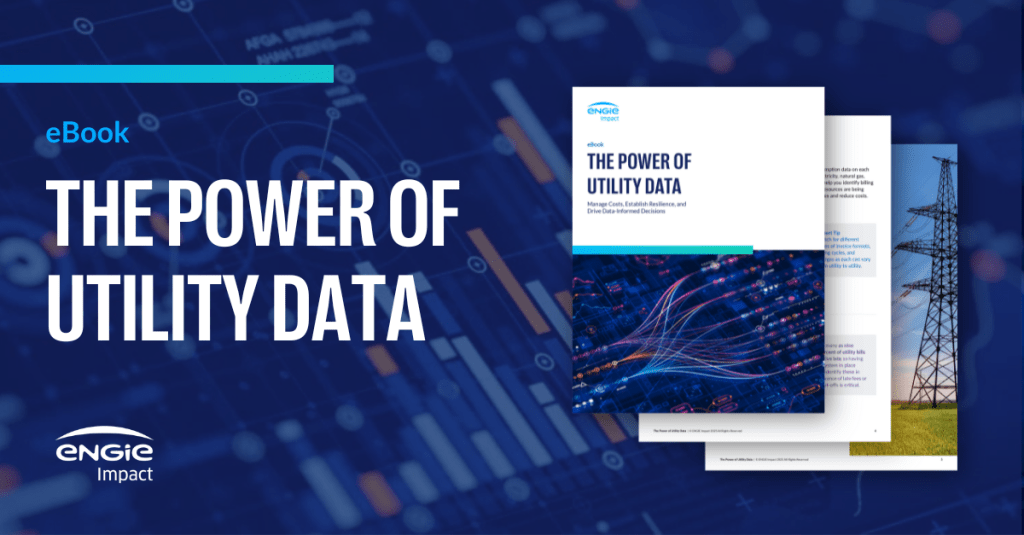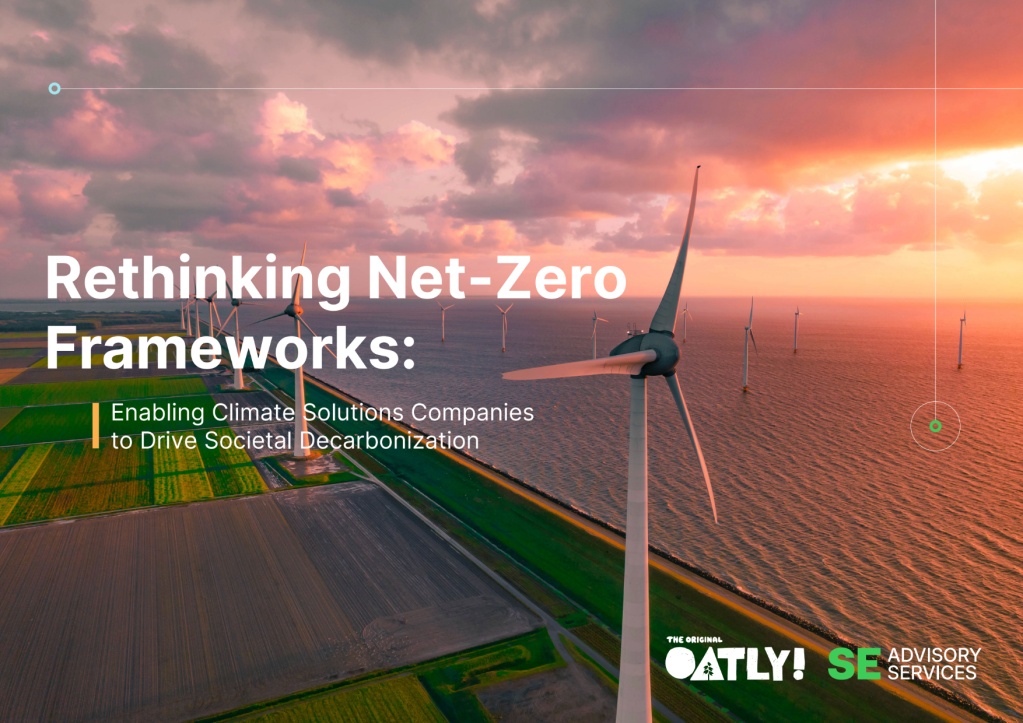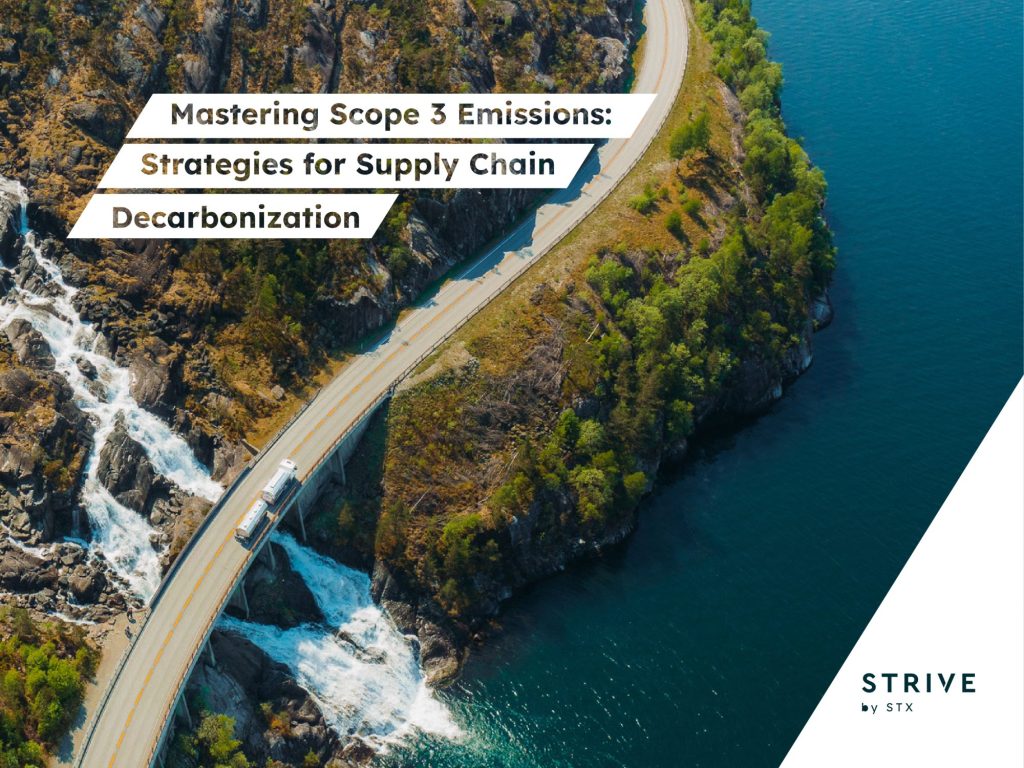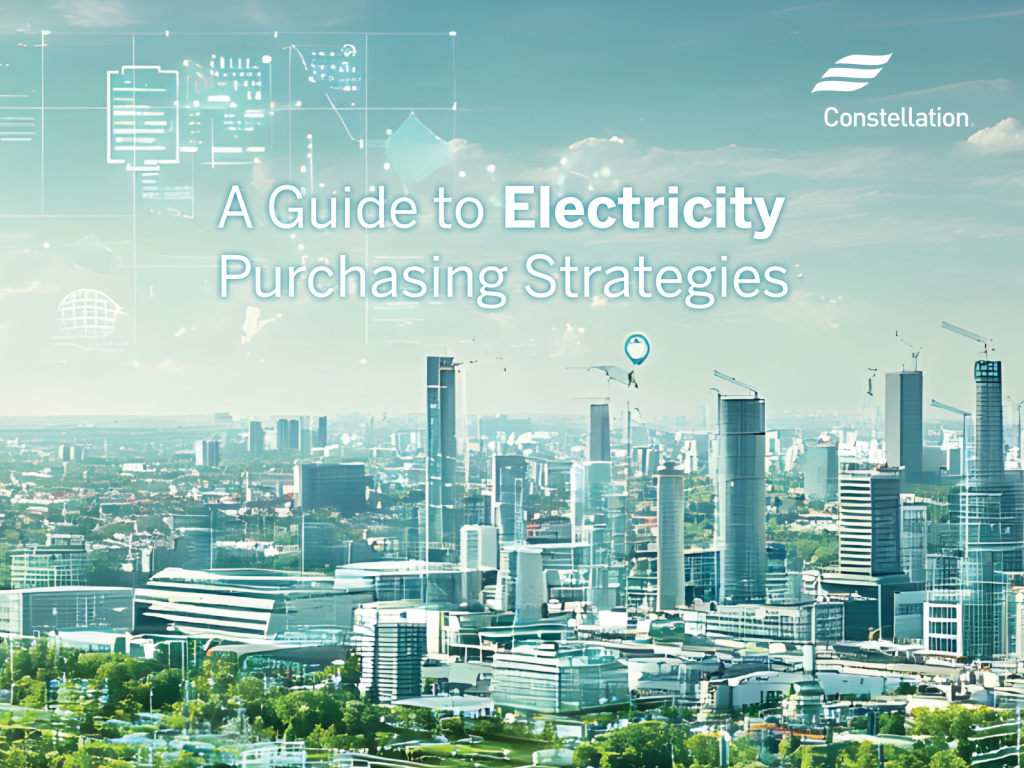How the AI energy reckoning will reshape corporate climate commitments
A bifurcated approach is emerging based on the ability to secure clean energy. Read More
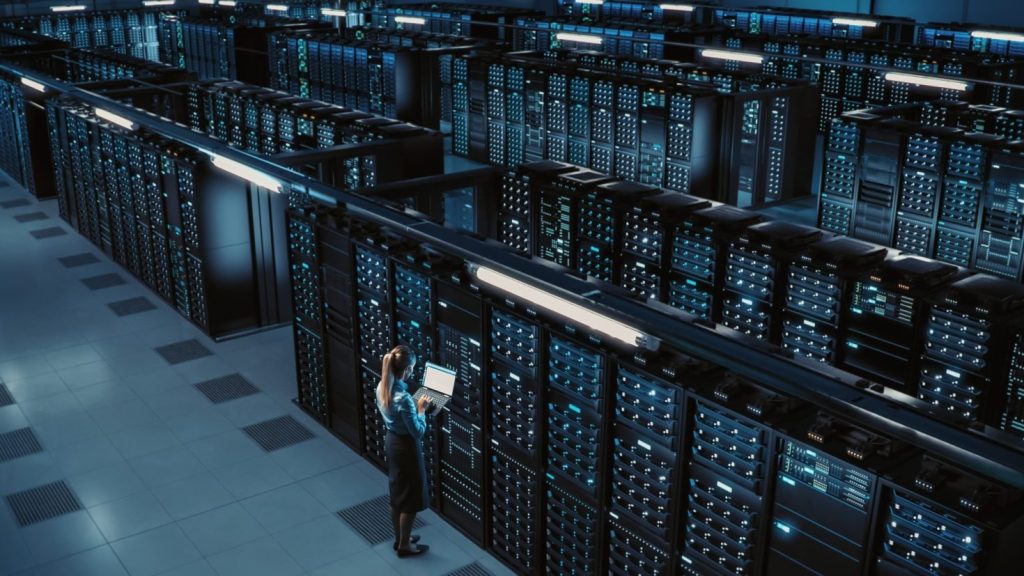
- Energy demand for AI data centers is straining the electrical grid, creating a cascading effect that undermines many energy-reduction efforts.
- A bifurcated approach to corporate sustainability is happening and only companies that can secure clean energy will be able to maintain their climate commitments.
- The AI energy boom is a microcosm of broader challenges to address climate change through market mechanisms.
The opinions expressed here by Trellis expert contributors are their own, not those of Trellis.
The artificial intelligence revolution is driving energy demands that could reach 400 terawatt-hours by 2030, up from fewer than 100 terawatt-hours in 2020. What makes this moment particularly consequential isn’t just the scale of these energy demands, but how they’re reshaping the landscape of corporate climate commitments for companies outside the tech elite.
The new energy pecking order
The “Magnificent Seven” — Apple, Microsoft, Amazon, Alphabet, Meta, Tesla and Nvidia — account for roughly one-third of the S&P 500’s total market capitalization. These companies possess something that most other corporations don’t: the financial resources and strategic leverage to secure dedicated clean energy sources for their operations, no matter the cost.
Microsoft, for example, has signed a 20-year agreement to restart Pennsylvania’s Three Mile Island Unit 1 reactor. Amazon announced $334 million in investments for small modular nuclear reactors. This isn’t corporate virtue signaling; this is securing competitive advantage through energy infrastructure control.
When the world’s most valuable companies purchase their way to carbon-free electricity through long-term nuclear contracts, they create a two-tiered system where a company’s sustainability efforts become increasingly correlated with market capitalization.
The grid under siege
Energy demand for data centers could increase by as much as 165 percent by 2030, according to a Goldman Sachs analysis. Most electricity consumed by data centers currently relies on fossil fuels. While the MAG-7 secures clean energy through private agreements, the broader electrical grid is being strained to accommodate the growing demands of everyone else.
This creates a cascading effect that undermines the sustainability efforts of virtually every other industry. In Northern Virginia, for example, the region’s concentration of data centers has forced utilities to keep fossil fuel plants online to meet demand. When utilities must fire up additional gas plants to meet AI-driven electricity demand, the carbon intensity of the entire grid increases, making it more difficult for all grid-connected companies to achieve their emissions reduction targets.
Consider the math: Companies are still committing to Net Zero but only reducing emissions by 30 percent on average by 2030, falling short of the 43 percent reduction required to limit global warming to 1.5 degrees Celsius. These already insufficient results become even more challenging when the electrical grid itself becomes more carbon-intensive due to AI’s energy demands.
When utilities must fire up additional gas plants to meet AI-driven electricity demand, the carbon intensity of the entire grid increases,
Proponents of AI expansion will tell you the technology’s potential to drive efficiency gains could offset energy consumption. But that argument represents optimistic forecasting and ignores the immediate realities of deployment: training AI models consume thousands of hours of electricity and generate hundreds of tons of carbon dioxide. It’s like the Jevons Paradox but applied to AI: improvements in efficiency lead to increased consumption — not conservation.
Other companies find themselves in a difficult position. They face rising electricity costs as utilities struggle to meet AI-driven demand, limited access to clean energy sources that are increasingly locked up in long-term contracts with tech giants, and stakeholder pressure to maintain ambitious climate commitments. The result is a growing gap between stated intentions and achievable outcomes.
This is particularly acute for manufacturing companies, which typically operate on thinner margins than tech firms and cannot easily absorb increases in energy costs. When the price of electricity rises due to grid strain, and when clean energy sources become less available due to tech sector capture, these companies face a choice between seeking to achieve their climate commitments and maintaining their competitiveness.
Facing reality
The uncomfortable truth is that we’re witnessing the emergence of a bifurcated approach to corporate sustainability. Companies with sufficient capital and strategic importance can secure clean energy sources and maintain credible climate commitments. Everyone else must compete for increasingly scarce and expensive clean electricity while operating in a grid environment that is becoming more carbon-intensive due to AI-driven demand.
Recent innovations such as in-memory computing, optical data transmission and more efficient AI models such as China’s DeepSeek, which reportedly consumes 10 to 40 times less energy than comparable models, demonstrate that AI’s energy consumption is not immutable. Yet the dominant approach remains focused on scaling up energy supply rather than optimizing demand.
For non-tech-giant companies, the path forward requires several strategic adjustments:
- Sustainability commitments must be recalibrated to reflect grid realities. Companies will have trouble achieving agreed to science-based targets on a grid that’s becoming more carbon-intensive due to factors beyond their control. This doesn’t mean abandoning climate goals but rather setting targets that account for systemic constraints.
- Companies must invest more heavily in direct energy efficiency measures and on-site renewable generation. When clean grid electricity becomes less available, the next best option is to reduce dependency on the grid altogether.
- Corporate climate advocacy must shift toward systemic solutions rather than individual commitments. The Science Based Targets initiative aims to commit 20 percent of the global economy to fully validated science-based targets by 2025, but these targets become meaningless if the underlying energy infrastructure cannot support them.
Broader implications
What we’re observing in the AI energy boom is a microcosm of broader challenges in addressing climate change through market mechanisms. When critical resources — in this case, clean electricity — become scarce, they flow to the highest bidders rather than the most socially beneficial uses. Hyperscalers like Google and Amazon aren’t villains in this story; they’re rational actors responding to market incentives. But their rational behavior creates externalities that undermine the climate commitments of virtually every other company.
As AI’s inevitable development continues, energy implications must be addressed at a systemic level rather than left to individual corporate procurement strategies. This requires policy interventions to ensure that clean energy deployment keeps pace with AI-driven demand and that access to clean electricity isn’t determined solely by purchasing power.
The companies driving AI development have the resources to reconcile these tensions for themselves through private energy agreements. For everyone else, the path forward requires acknowledging that sustainability in the age of AI will be more challenging, more expensive and more dependent on systemic solutions than we’ve been willing to admit.

Subscribe to Trellis Briefing
Featured Reports

The Premier Event for Sustainable Business Leaders





